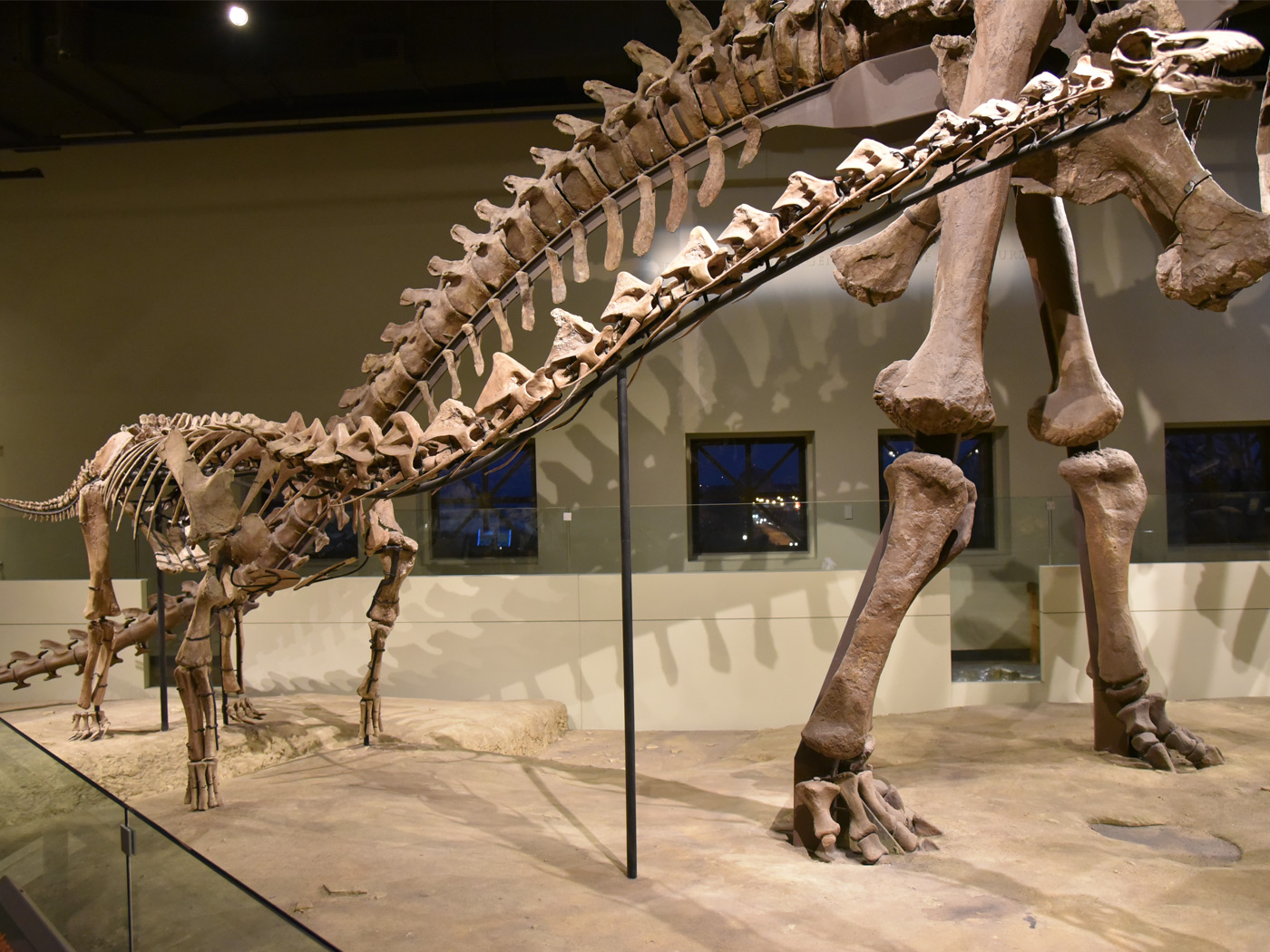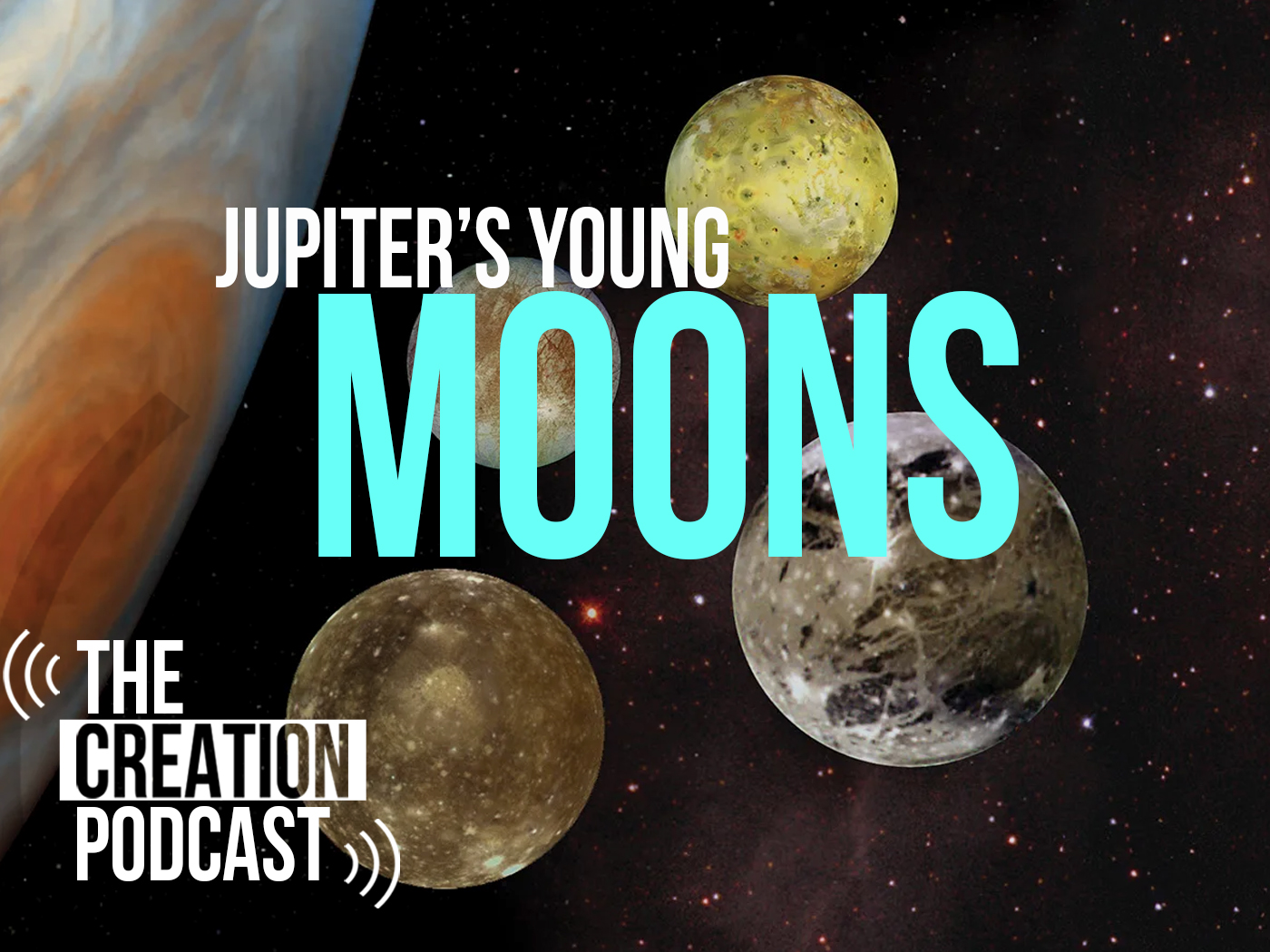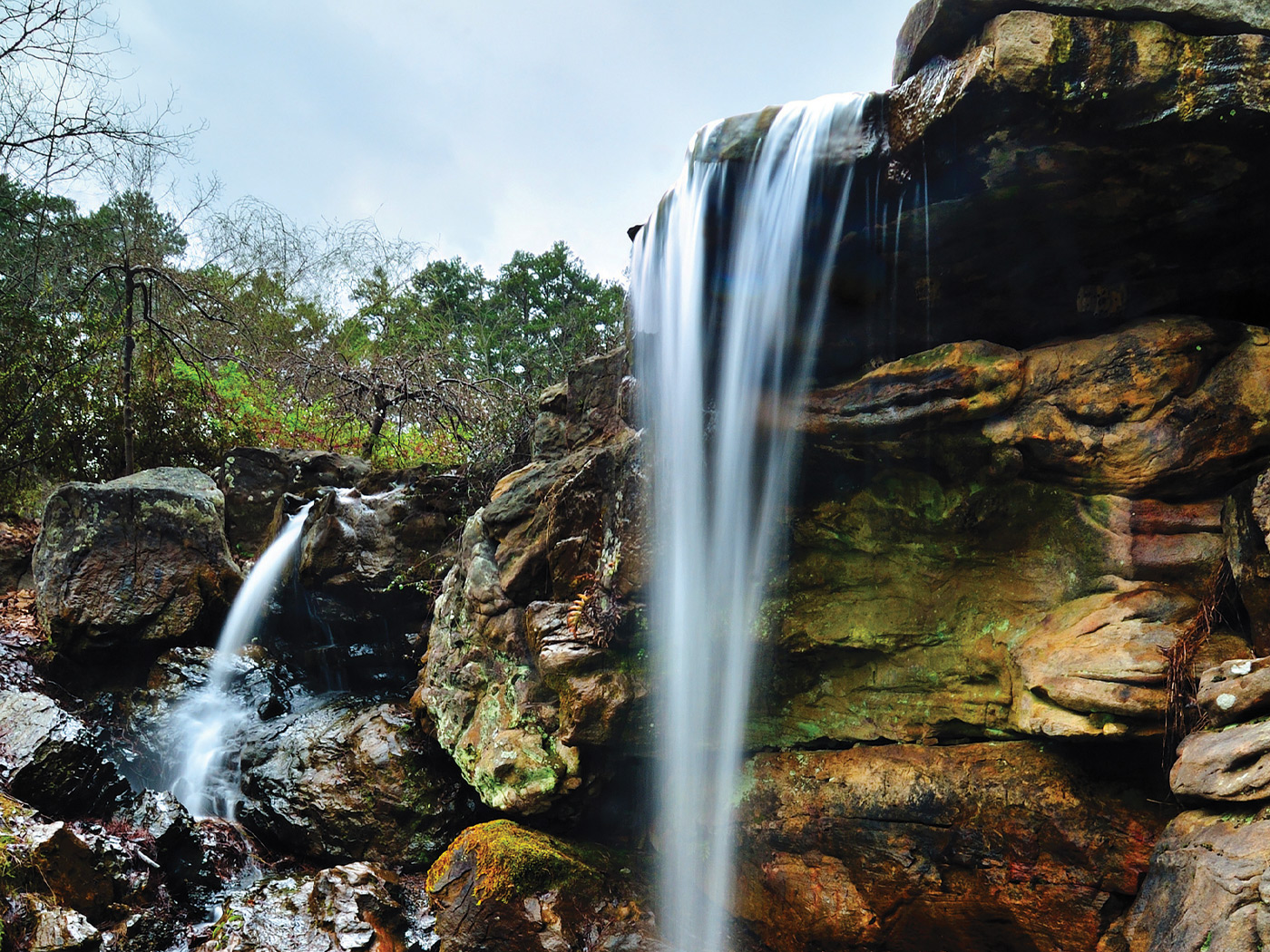Some doormats have a key hidden underneath, yet many do not. The physical appearance of a common doormat provides no reliable indication of whether or not there’s a useful key to be found.
Appearances can be misleading.1 Being misled by physical appearances is especially easy if we look at the world with uniformitarian eyes, i.e., if we assume like deist Charles Lyell that “the present is the key to [understanding] the past.”2 Why? Because present conditions often provide no reliable explanation for the historical causes that produced those conditions, so the uniformitarian assumption often fails to fit reality.
For example, think of how Earth’s ecology, which is now dominated by deterioration and death, drastically changed from its original Edenic un-fallen and un-cursed condition (Romans 8:20-22). Lyell’s so-called theoretical “key” cannot unlock the mysteries of what Earth was like before Adam disobeyed God, or why conditions exist the way they do now. We need Genesis to unlock those mysteries—that is the key for understanding our origins.
Likewise, although our universe is just 6,000–7,000 years old, we have no right to “feel deceived” by the appearance of distant starlight from millions of light-years away, because we have no clue how fast starlight traveled during creation as God stretched the heavens prior to Adam’s sin, which triggered God’s Curse on His physical creation (Isaiah 42:5; Romans 8:20-22). In other words, the after-Eden starlight transmission speed that we can observe today is not the “key” for measuring starlight speeds that existed during the creation week.3
For another example, consider Arizona’s Grand Canyon. Was it formed by slow and gradual natural processes over eons of time? Uniformitarian geoscientists propose “yes,” but Genesis records a globally catastrophic “no” in Genesis 6–9.2 For those with eyes to see, the volcanic eruption of Washington’s Mount St. Helens illustrates how sudden and drastic geological change can occur and why uniformitarian canyon-formation assumptions fail. Many eyewitnesses observed, and cameras recorded, how a 1/40-scale-model version of Grand Canyon was violently formed soon after Mount St. Helens’ 1980 explosion, disproving the notion that such canyons require “deep time” to form.
So why are uniformitarians reluctant to appreciate catastrophic canyon formation? They continue to assume that today is the key to understanding yesterday. Today, both Mount St. Helens and Grand Canyon appear peaceful. But the relatively non-catastrophic natural processes operating today are not trustworthy guides for understanding past geological events such as Mount St. Helens’ eruption, or the Genesis Flood, or the Ice Age.
But there is more, much more, that uniformitarian thinking gets wrong. Uniformitarians also assume that God is absent, or at least relatively uninvolved, from what occurs in nature. They willfully ignore the many evidences of His Creatorship and the Flood, as if He wasn’t obviously active in, and with, His own creation (2 Peter 3:3-5). And they are apparently oblivious to the historical fact that our B.C./A.D. chronometry, as well as the biblical and historical records, provide a ubiquitous testimony that God so loved His creation that He entered into it 2,000 years ago as mankind’s Redeemer.4 That forensic proof of God’s involvement—Christ’s incarnation, earthly ministry, sacrificial death, and resurrection—is so obvious that it is like a visible key lying conspicuously on top of a doormat—pointing us to the One who is Himself the unique Door to life eternal (John 10:7).
References
- 1 Samuel 16:7.
- “[The] scoffers’ philosophy will be that ‘all things continue as they were from the beginning of the creation.’ This is an apt description of the philosophy of uniformitarianism, popularized by Charles Lyell in the 1830s, that ‘the present is the key to the past.’” From Snelling, A. 2009. Genesis: Real, Reliable, Historical. Acts & Facts. 38 (9): 12-14.
- See Faulkner, D. 2004. Universe by Design: An Explanation of Cosmology and Creation. Green Forest, AR: Master Books, 98-104, cited in Johnson, J. J. S. 2011. Buyer Beware! Don’t Swallow Evolutionist Sophistry. Acts & Facts. 40 (1): 8-9.
- For an example of Christ’s mark on history, see the “in the Year of our Lord” clause in Article VII of the U.S. Constitution.
* Dr. Johnson is Associate Professor of Apologetics and Chief Academic Officer at the Institute for Creation Research.

















